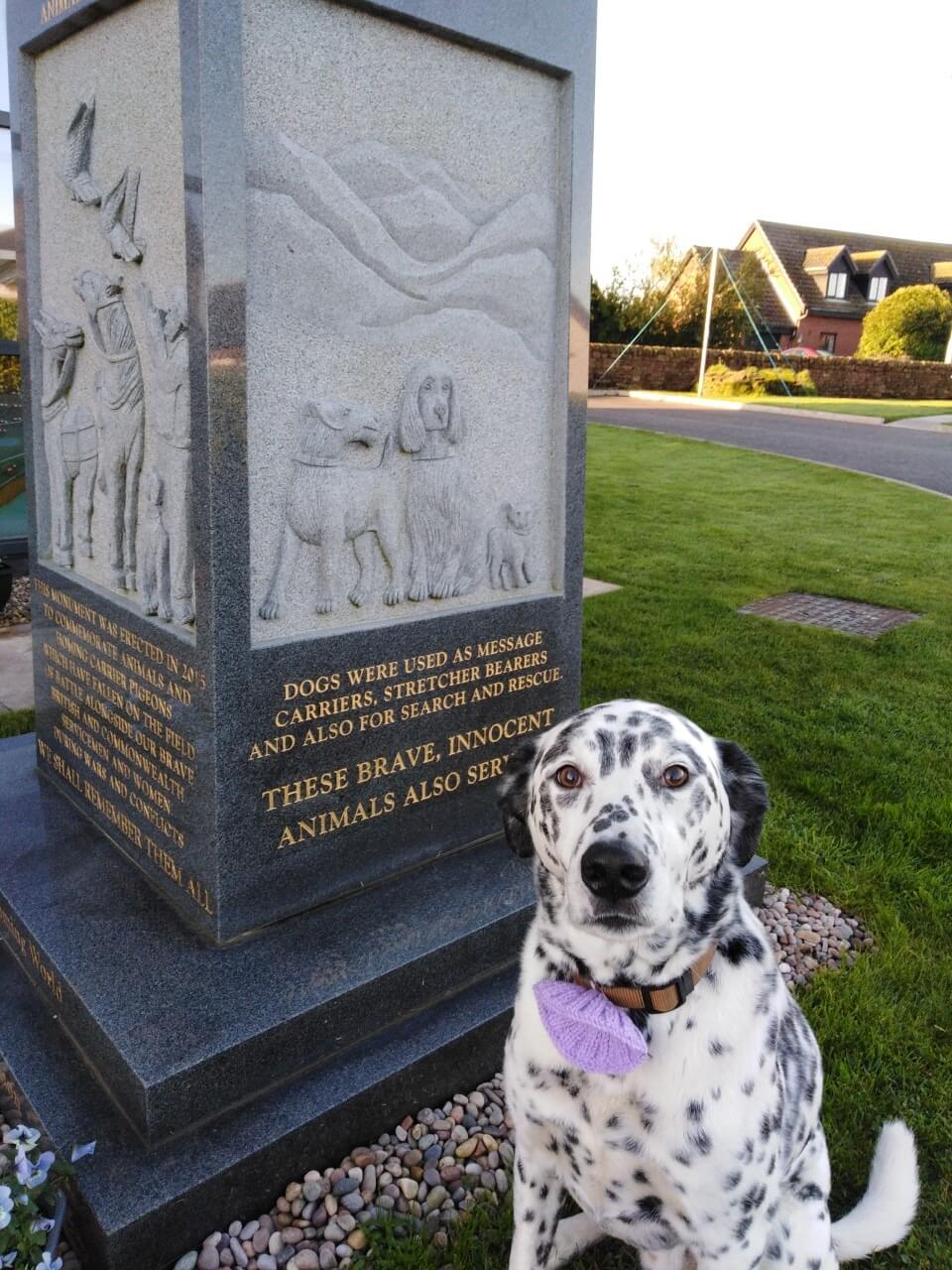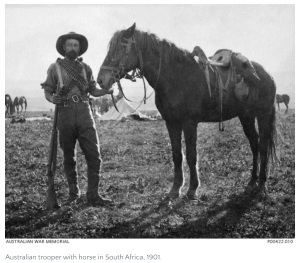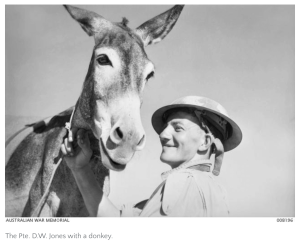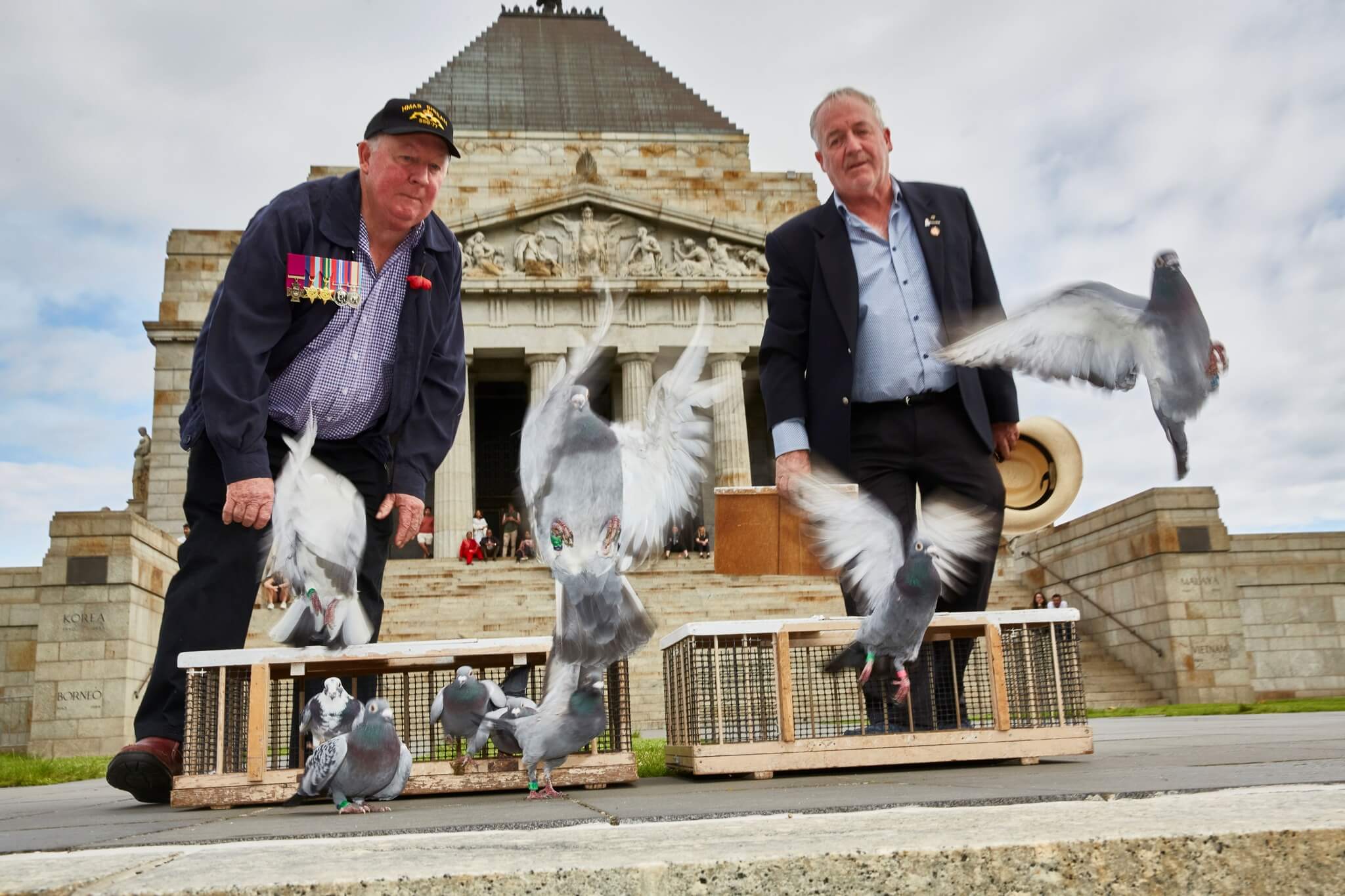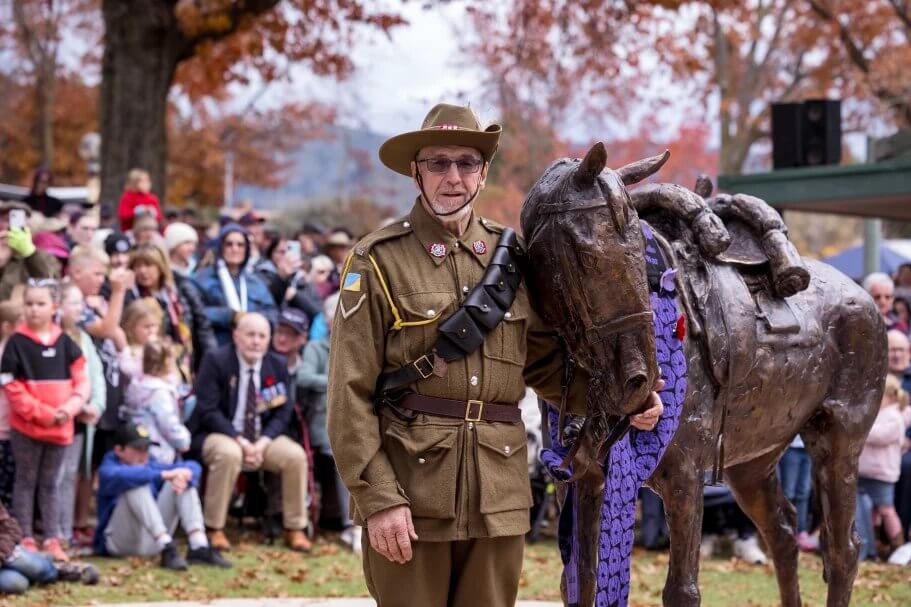Remembrance Day is a time to reflect on the brave humans who sacrificed themselves in a fight for our freedom.
Australia (along with other countries such as New Zealand and the UK) now also pays special tribute to these unsung heroes with official War Animal Day held on 24th February each year. The intention of this date is to honour their memory by donating or simply talking to other people about the sacrifices that were made by animals, raising awareness and appreciation for their unwavering support. 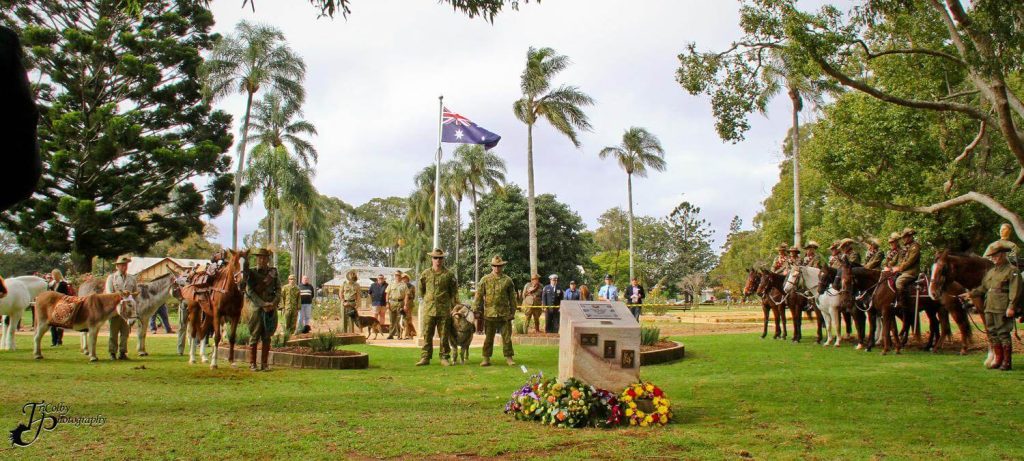
Although we’d all vehemently opt for no human or animal to be caught in conflict, these brave unsung heroes deserve to be remembered.
Who are the service animals?
Throughout history, we’ve witnessed the strength of human-animal bonds; the fact that even in the horrific conditions of conflict, our faithful companions stood alongside us is a credit to the dedication of these remarkable beings.
Dogs were among the most prominent service animals, but did you know that more than 16 million animals served in the First World War alone? These included horses, donkeys, mules, camels, dogs, cats, pigeons, canaries, and even exotic animals such as monkeys, lions, or bears.
Every one of these Anzac animals served an essential purpose in helping the troops to survive and ultimately achieve victory.
Horses, mules, donkeys and camels
Pack animals, such as horses, mules, and donkeys, worked to transport vital materials – like guns, ammunition, and medical supplies – over terrain that was impossible to traverse by motor vehicle.
Camels also made ideal transportation thanks to their strength and low maintenance requirements (e.g. they could survive for a long time without water). Not only did these animals transport supplies to the front line, they also transported wounded soldiers back to camp.
Pigeons
Animal alliances weren’t confined to the ground either; we had numerous winged warriors in our forces – most predominantly the pigeons who carried vital messages between troops. Wireless communication was in its infancy during the First World War, making communication almost impossible without these birds.
Even in WWII, pigeons were still vital for transporting messages across rugged terrain, such as mountainous areas where wireless radios didn’t work so well.
Dogs and cats
Other animals, such as dogs and cats of war, were mascots and companions to help raise morale in the most challenging circumstances. Not only did these faithful companions provide unconditional love and support for our vulnerable soldiers, but they also helped to reduce the number of rats in the trenches, helping to reduce one of the most common hygiene issues.
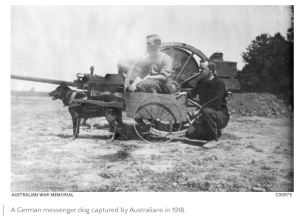
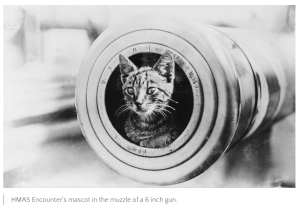
Why were dogs so crucial during times of conflict?
Every animal that has stood alongside us during times of conflict has played a significant role in aiding our soldiers to victory. Among the most famous companions are dogs, and there are many reasons why their heroic efforts often take centre stage.
Not only did our faithful friends provide companionship, but they also carried out several important tasks that we could not do alone.
For example, canines possess a sense of smell 50 times greater than ours, allowing them to sniff out deadly IEDs more efficiently than any machine we can create. The American Defense Department suggested that ground patrols can uncover around 50% of these explosive devices, while dogs can detect up to 80%.
Additionally, dogs were crucial in helping wounded soldiers. Not only could they locate the soldiers quickly, but they could also deliver urgent medical supplies and provide companionship to those who were incapacitated.
Remembering all furry unsung heroes
Wearing a purple poppy alongside your red one symbolises the bond between humans and animals and reminds us that many Anzac animals sacrificed their lives for us.
The great work of the Australian War Animal Memorial Organisation (AWAMO) helps to provide a voice for those with no voice of their own, and educate the general public on the sacrifices made by various animals for our benefit.
Buying a purple poppy from AWAMO helps to fund ways to honour these incredible sacrifices. Your donation could help pay for an animal memorial, it could fund the medical costs of an animal who has been injured on the front line, or it could be used to train support animals to offer companionship to those who have fought bravely during wartime.
Buy a purple poppy, or other commemorative items to show your support. Alternatively (or in addition), read more articles and view photographs from the Australian War Memorial website.

